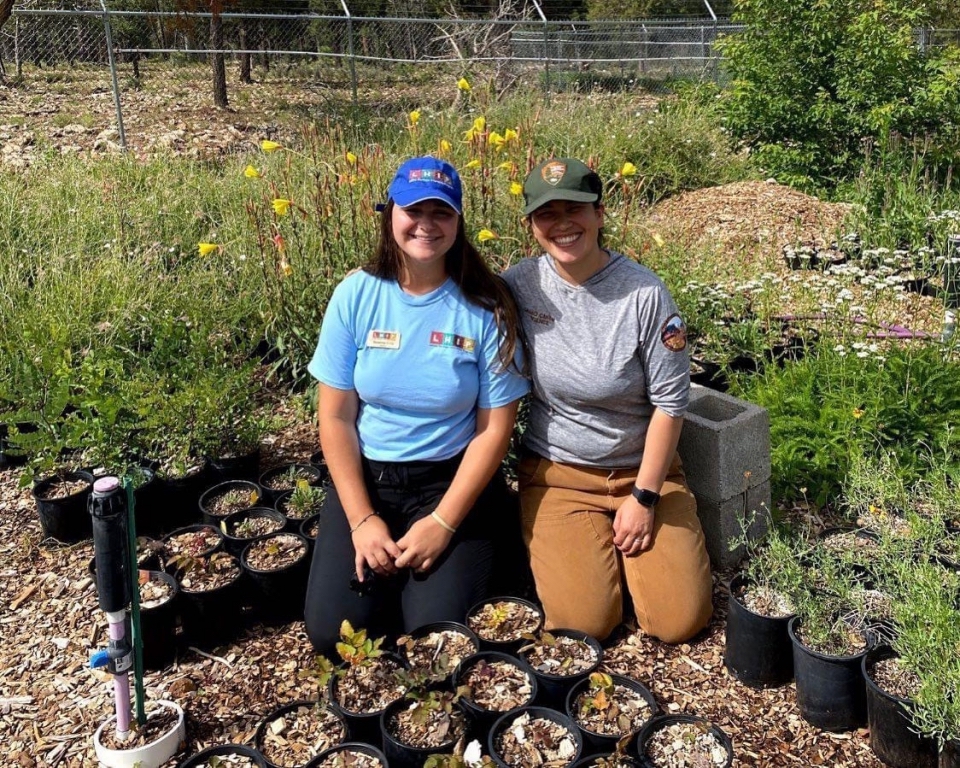The following blog is an excerpt from, “Butterflies of the Grand Canyon” by the National Park Foundation.

Pollinators reside in habitats across the National Park System, from the cold Alaskan tundra of Denali National Park to the lush Redwoods of California to the grasslands of Manassas National Battlefield Park. The next time you’re in a national park and see a flower blooming, remember that there is a pollinator to thank! Pollinators such as bees, butterflies, birds, and bats play a critical role in maintaining healthy and diverse ecosystems by carrying pollen from flower to flower and fertilizing plants. According to the National Park Service, “more than 75% of the Earth’s flowering plants depend on pollinators.”
Unfortunately, pollinator populations across the world are in decline. Their dwindling populations threaten insect diversity, the stability of delicate ecological food webs, and the production of food like fruits, vegetables, and seeds. Pollinators are crucial for the reproduction of plants, which help to stabilize our soils, clean our air, supply oxygen, and support wildlife. The National Park Foundation (NPF) is supporting projects through our work in landscape and wildlife conservation to promote the health and vibrancy of pollinator populations.

An abundance of pollinators resides within Grand Canyon National Park, including many species of butterflies and moths. One of these species is the monarch butterfly, perhaps the most recognizable butterfly, known for its bright orange wings patterned with black lines. Each year, monarch butterflies live and breed at Grand Canyon National Park from May to August and come fall, they migrate to coastal California or to Mexico, where they spend their winters. Over the past decade, scientists have witnessed fewer and fewer monarch butterflies taking this migration, measuring a decline in their populations of up to 90%.
Protecting Pollinators at Grand Canyon National Park
Staff at Grand Canyon National Park are working to ensure that the monarch butterfly population sees a resurgence. With help from NPF funding, the National Park Service has embarked on a multi-year project to install interactive pollinator gardens and engage park visitors in monarch butterfly monitoring at the park. This project will increase the quality and quantity of habitat for monarchs and other native pollinators, while also engaging the public in the importance of pollinator conservation.
Continue reading, “The Butterflies of the Grand Canyon” from our friends at the National Park Foundation here.
The Women's Outdoor News, aka The WON, features news, reviews and stories about women who are shooting, hunting, fishing and actively engaging in outdoor adventure. This publication is for women, by women. View all posts by The WON